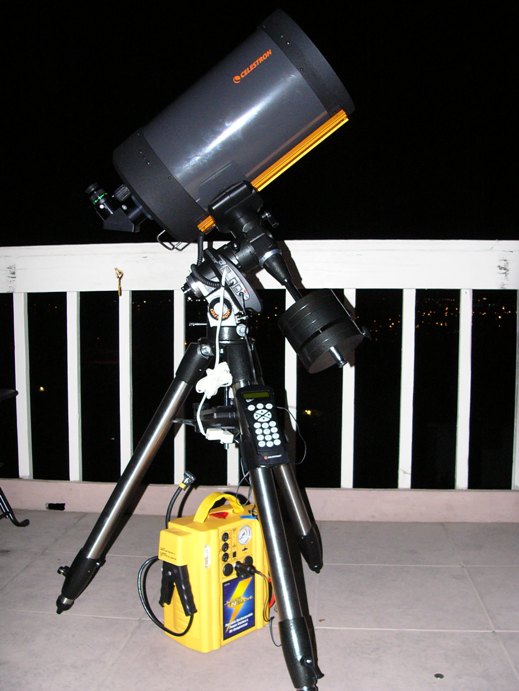Catadioptric Telescopes
Catadioptric Telescopes use both lenses and mirrors to produce an image. The two most popular versions are the Schmidt-Cassegrain telescope (SCT) and Maksutov-Cassegrain scopes (Mak).
A front-mounted corrector plate (the lens) and a primary and secondary mirror can put a large diameter mirror in a short and portable design.
SCT's and Maks tend to have long focal lengths and narrow fields of view. The SCT has a thin corrector that is prone to dewing up. In wet areas dew shields and dew prevention systems (heaters) may be required.
